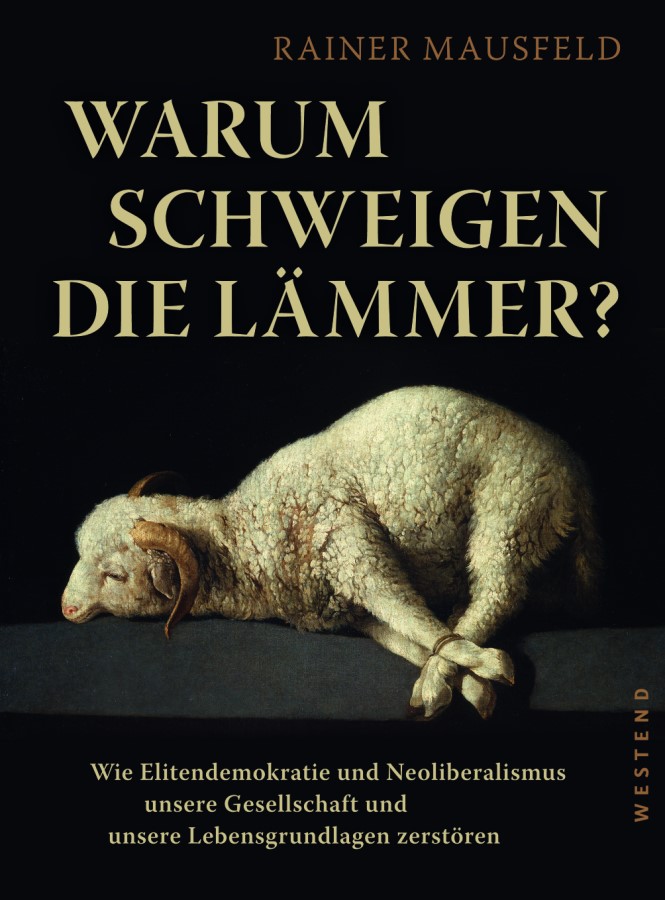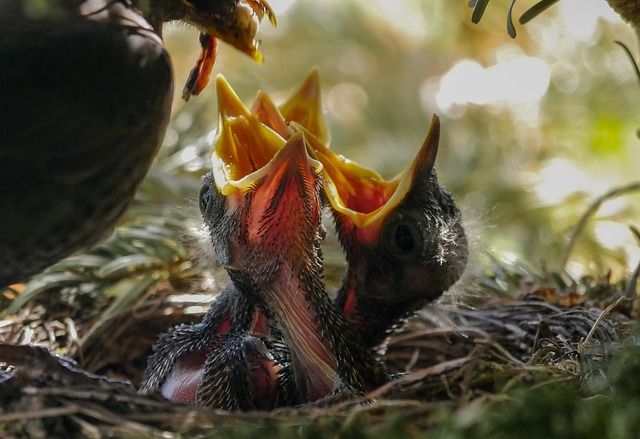www.uni-kiel.de/psychologie/mausfeld/
Mausfeld_Why do the lambs remain silent_2015
Mausfeld focuses on perceptual psychology and also works on the theoretical foundations of experimental psychology and the psychology of understanding. He also deals with the rivalry of cognitive psychology and cognitive neuroscience in cognitive science. Another area of interest is the history of ideas in the natural sciences. He sees a major problem of the relationship between psychology and biology in neurological neo-reductionism. In contrast to biologistic approaches, he sees the peculiarity of the spiritual, inter alia, in the intrinsic multiperspectivity of the mind.
Mausfeld points out that knowledge of neural circuitry and activity is not enough to explain consciousness and thought processes. Not even the behavior of nematodes can be deduced from the activity of their 302 neurons. According to Mausfeld’s view, the relationship between nature and mind must be below the neural level in the sphere of physics. Evidence is given by the fact that nature is actually more enigmatic to us than our consciousness in itself. In modern physics it has become clear that the physical does not have the properties of matter ascribed to it. Mausfeld sees the special aspect of consciousness in the simplicity and wholeness of the subjective experience, which, however, reveals itself to the psychologist as a complex interaction of unconscious factors. The intrinsic multiperspectivity of thinking, which first opens up the possibilities for thought and action alternatives to humans after mouse field, results from the complex interplay of the most varied of factors.
White torture and responsibility of science
In his work, Mausfeld illustrates the role of psychologists in the development, application and justification of modern white torture methods. These goals are not, as claimed, the extraction of information, but rather breaking the will, disciplining, humiliating and shaming the victims. In his account, an American Psychological Association (APA) working group to investigate the involvement of psychologists acting on behalf of the Defense Secretary. Mausfeld uses the example of torture research to define ethical and legal principles and limits of scientific work. He regards the observance of human rights as fully binding.
Plain numerical DOI: 10.1186/s12882-018-0886-5
DOI URL
directSciHub download
Show/hide publication abstract
Plain numerical DOI: 10.1026/0033-3042.60.4.229
DOI URL
directSciHub download
Cognitive techniques
According to Mausfeld, the cognitive ones are more important than the affective techniques, since opinions are more stable than emotions. Here Mausfeld examines the following methods:
- Representation of facts as opinion
- Fragmenting coherent facts so that the context, such as the historical context, is lost
- Decontextualization of facts: The context of the facts is removed, so that the facts become incomprehensible isolated individual cases, which have no general relevance
- Misleading recontextualization: Information is embedded in a foreign context, so that they take on a different character and, for example, no longer lead to outrage in human rights violations.
- Repetition supports the “perceived truth”
- Designing the range of opinions so that the desired seems to be in the middle, which most people strive for, if they are unfamiliar, because they then keep to the middle seein it as “neutral and balanced”
- Making facts invisible through media selection, distraction and attention control
- “Meta-propaganda”: It is part of every propaganda to claim that the news of the enemy is wrong because it is propaganda
The development of more efficient manipulation techniques rests on identifying psychological “weak spots” – those intrinsic design aspects of our mind and principles of human information processing that can be exploited for manipulation purposes. Most importantly, such principles are, by the very nature of our cognitive architecture, beyond conscious control. (…) Our mind has many hard-wired weaknesses that can be exploited for manipulative purposes, that facilitate our utilitarian abuse by the political and economic elites for maintaining and expanding their power. However, we also innately dispose of a rich repertoire of ways to use our reasoning capabilities to recognize manipulative contexts and to actively avoid them. This repertoire is akin to a natural cognitive immune system against being manipulated, but we have to take the deliberate decision to actually use it.
neoliberal indoctrination - Copy

Further References
Plain numerical DOI: 10.3389/fpsyg.2012.00067
DOI URL
directSciHub download
Show/hide publication abstract
Plain numerical DOI: 10.1093/acprof:oso/9780198505006.001.0001
DOI URL
directSciHub download
Show/hide publication abstract
Plain numerical DOI: 10.1002/0470013427.ch4
DOI URL
directSciHub download
Show/hide publication abstract
Show/hide publication abstract
Plain numerical DOI: 10.1026/0033-3042.60.4.229
DOI URL
directSciHub download
Plain numerical DOI: 10.1167/8.1.14
DOI URL
directSciHub download
Show/hide publication abstract
Plain numerical DOI: 10.1026/0033-3042/a000045
DOI URL
directSciHub download
Show/hide publication abstract
Show/hide publication abstract
Plain numerical DOI: 10.1037/0033-295X.99.3.467
DOI URL
directSciHub download
Show/hide publication abstract
Plain numerical DOI: 10.1093/acprof:oso/9780198505006.003.0013
DOI URL
directSciHub download
Show/hide publication abstract
Plain numerical DOI: 10.1002/9781118329016.ch3
DOI URL
directSciHub download
Show/hide publication abstract
Plain numerical DOI: 10.1017/S0140525X01530083
DOI URL
directSciHub download
Show/hide publication abstract
Plain numerical DOI: 10.1068/p07sp
DOI URL
directSciHub download
Show/hide publication abstract
Plain numerical DOI: 10.1111/j.1365-2141.2008.07177.x
DOI URL
directSciHub download
Show/hide publication abstract
Plain numerical DOI: 10.4324/9780203845820
DOI URL
directSciHub download
Plain numerical DOI: 10.1007/978-3-642-10769-6_12
DOI URL
directSciHub download
Show/hide publication abstract
Plain numerical DOI: 10.1016/j.concog.2006.11.005
DOI URL
directSciHub download
Plain numerical DOI: 10.1068/i0603
DOI URL
directSciHub download




